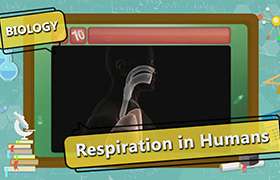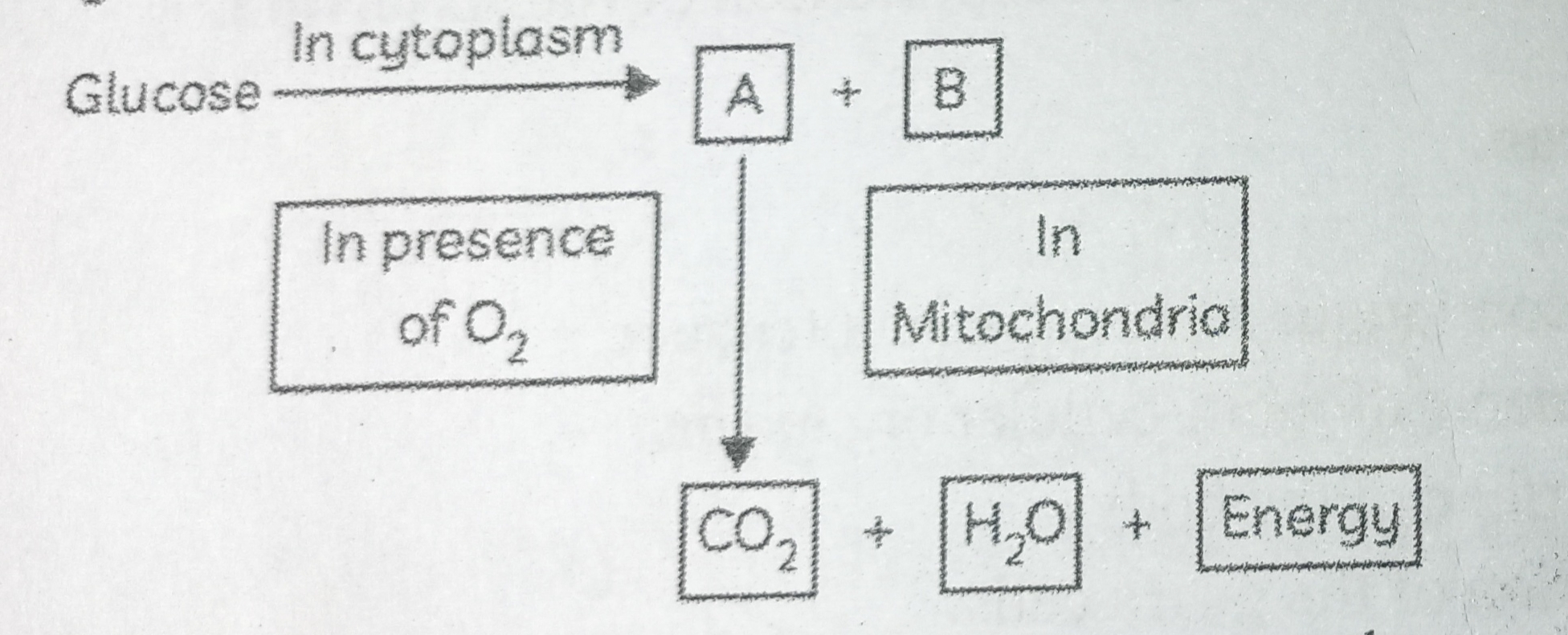CBSE Class 10 Answered
Define respiratory system in human beings.5marks
Asked by akhileshsingh.future | 18 Nov, 2018, 03:29: PM
Respiratory system in human beings:
The respiratory system in human beings consists of the nose, pharynx, larynx, trachea, bronchi and lungs.
- Air is taken in through the nostrils.
- Nostrils further continue into the nasal cavity.
- There is a bony plate called the palate, which separates the oral cavity from the nasal cavity.
- Nasal cavity opens into the pharynx.
- The pharynx is a muscular chamber acting as a common passage for the windpipe or trachea and the food pipe or oesophagus.
- It is connected to the larynx through a slit-like opening called the glottis.
- The larynx connects the pharynx to the trachea.
- The trachea shows the presence of cartilaginous rings.
- The cartilaginous rings provide flexibility thus, facilitating continuous air flow.
- The inner wall of the trachea is lined by a mucous membrane consisting of ciliated columnar epithelium.
- The trachea divides into two branches or tubes called bronchi, one of which enters the right lung and the other enters the left lung.
- The bronchi have cartilaginous rings for distention.
- Each bronchus divides into fine secondary bronchi. These bronchi further divide into finer tertiary bronchi. In the lungs, each bronchus finally divides into finer and smaller branches called bronchioles.
- The bronchioles further divide to form smaller terminal bronchioles.
- The bronchioles divide repeatedly to form a cluster of tiny air chambers called air sacs or alveoli.
- Alveoli have thin and moist walls which enable gaseous diffusion with blood capillaries.
- The lungs are a pair of spongy and elastic respiratory organs protected by a bony rib cage.
- The base of the lungs rests on the diaphragm.
- Each lung is covered by two membranes. The inner membrane is called the inner or visceral pleura and the outer membrane is called the outer or parietal pleura.
- The diaphragm is a curved, musculo-fibrous sheath which separates the thoracic cavity from the abdominal cavity.
- The diaphragm plays a major role during respiration.
Answered by Sheetal Kolte | 19 Nov, 2018, 11:55: AM
Concept Videos
CBSE 10 - Biology
Asked by susrisangita792 | 11 Jun, 2023, 05:58: PM
CBSE 10 - Biology
Asked by tanyajain164 | 10 Nov, 2021, 09:07: PM
CBSE 10 - Biology
Asked by gsonal11 | 20 Sep, 2021, 05:27: PM
CBSE 10 - Biology
Asked by umakantkadampatil39 | 10 Aug, 2021, 12:16: AM
CBSE 10 - Biology
Asked by parameshreddyhp | 31 Jul, 2021, 01:47: PM
CBSE 10 - Biology
Asked by shivayogichirde | 06 Jul, 2021, 08:53: PM
CBSE 10 - Biology
Asked by Trisha Gupta | 25 Jun, 2021, 06:59: PM
CBSE 10 - Biology
Asked by rooba.rama | 31 May, 2021, 08:21: PM






